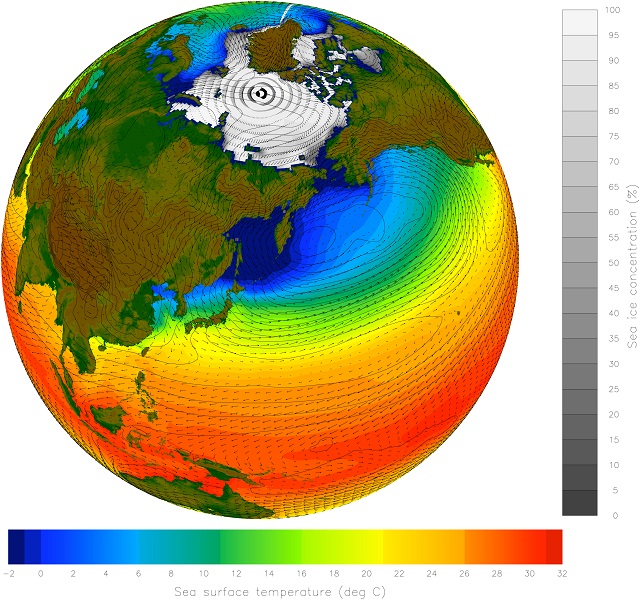Climate Risk in Equity Portfolios
Four Twenty Seven and Deutsche Asset Management jointly released a white paper featuring a new approach to climate risk management in equity portfolios. It identifies hotspots in investment portfolios by assessing the geographic exposure of publicly-traded companies to climate change.
Read the entire article at Four Twenty Seven Climate Solutions.
Measuring Physical Climate Risk in Equity Portfolios showcases Four Twenty Seven’s Equity Risk Scoring methodology. The methodology tackles physical risk head on by identifying the locations of corporate production and retail sites around the world and their vulnerability to climate change hazards, such as sea level rise, droughts, floods and tropical storms, which pose an immediate threat to investment portfolios.
Deutsche Asset Management is leveraging Four Twenty Seven’s Equity Risk Scores to satisfy institutional investors’ growing desire for more climate resilient portfolios and design new investment strategies. “This report is a major step forward to addressing a serious and growing risk that investors face. To keep advancing our efforts, we believe the investment industry needs to champion the disclosure of once-in-a-lifetime climate risks by companies so we can assess these risks even more accurately going forward,” said Nicolas Moreau, Head of Deutsche Asset Management.
Four Twenty Seven’s equity scoring methodology includes Operations Risk, Supply Chain Risk and Market Risk:
- Operations Risk involves screening thousands of facilities for their exposure to climate risks.
- Supply Chain Risk assesses both the climate risk in countries that produce a company’s materials and the sensitivity of a company’s industry to climate-related resources such as water and land.
- Market Risk captures how a company’s consumers may change their behavior due to climate variability.
Since different industries will respond to climate hazards differently, the analysis includes both geographic location and business sensitivity. For Operations Risk, Four Twenty Seven screens each corporate site for its exposure and sensitivity to a set of climate hazards that include extreme precipitation, sea level rise, hurricanes, heat stress, water stress and wildfires. To calculate Supply Chain Risk and Market Risk, Four Twenty Seven uses companies’ financial data, such as revenues and production.



